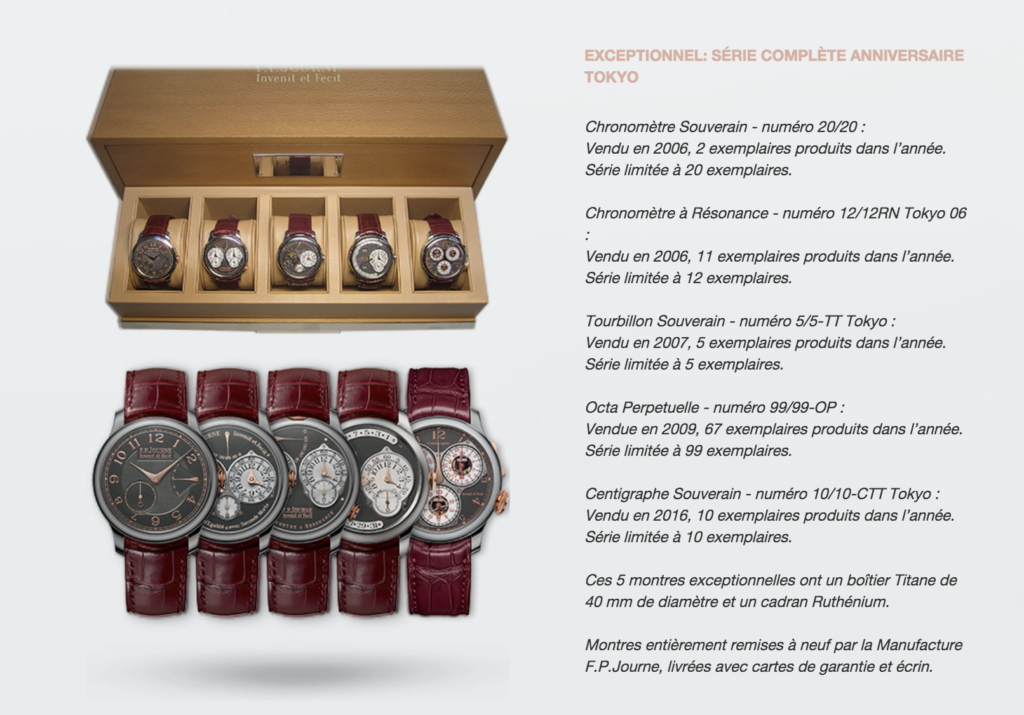
Uncategorized
The Pisa Editions
By Shawn MehtaIn 1982 François-Paul along with his uncle Michel Journe had the honour of restoring the then relatively unknown Bréguet No. 3177 that featured two pendulums, according to François-Paul, not many people understood the logic of having two pendulums as opposed to a single one. Upon disassembling the clock, François-Paul, quickly understood the principle intended by Bréguet. The fascinating clock left a profound impact on François-Paul. At the age of just 25 years old, having recently just finished his first pocket watch (tourbillon), a curious François-Paul, then embarked on the journey of attempting to create his own version of the phenomenon. After a year and a half the project ultimately ended up being deemed a ‘failure’ as the concept was simply not reliable. With hindsight, François-Paul admits that this was his second project and he did not possess adequate experience to take on such a mammoth of a project. As the years passed by, the idea of failure was simply not an option. The fact that both Janvier and Bréguet were able to do achieve resonance almost 200-300 years ago, at a time when technology was limited along with lubricants, only drove François-Paul further in his quest. Eventually, François-Paul reembarked on a brave journey to be the first, not only to coin the term résonance (according to him) but to achieve this phenomena in a wrist watch. First unveiled in 2000, the Chronomètre à Résonance represents one of the wildest challenge ever in the field of mechanical watches. The manually wound Chronomètre à Résonance comes in several iterations, according to our research the rarest limited edition is the Tokyo Anniversary piece made in only 12 examples. The use of titanium and rose gold accents are only used for Anniversary Editions, below is a set sold by F. P. Journe’s service Patrimoine.

Whilst the topic is hotly debated amongst collectors, it is difficult to pinpoint which resonance is the ‘rarest’. It is always important to distinguish limited editions from limited series, the latter being part of continuous serial number whereas a limited edition is usually quantifiable. In the world of Journe, it is not necessarily easy to determine what constitutes a limited series. The rule of thumb is the following, if the paperwork (which also serves as a guarantee instead of the usual plastic card) “Certificate” clearly quantifies or states that serial number XXX forms part of the limited series made for XXX, then you can be certain that it falls under the bracket of a limited series. Then again, we know of recent “unique pieces / series” that do not possess any supporting paperwork.
